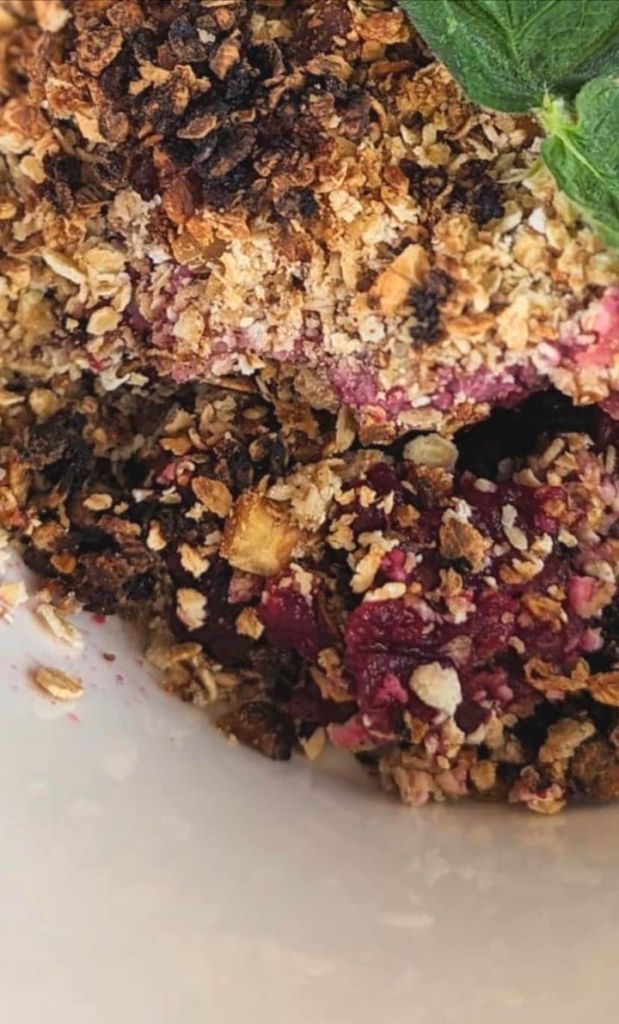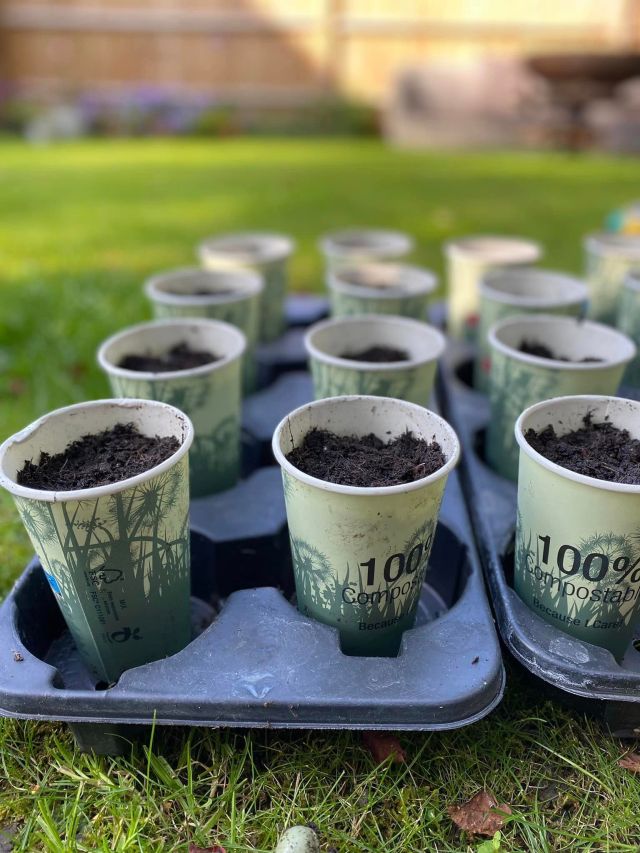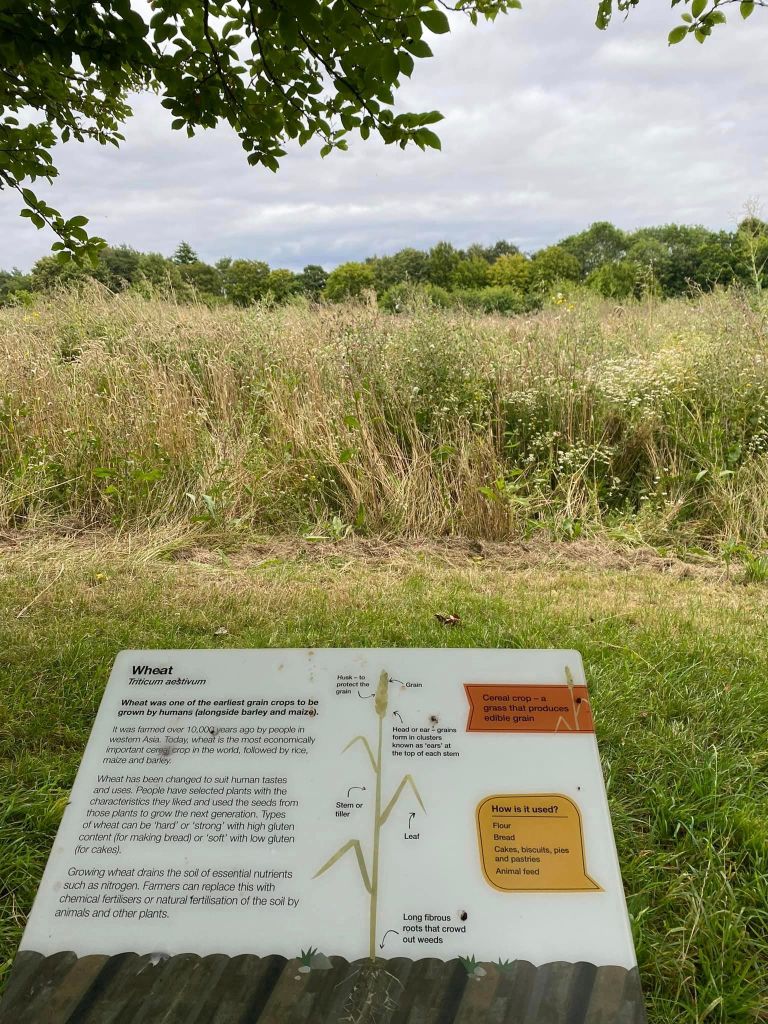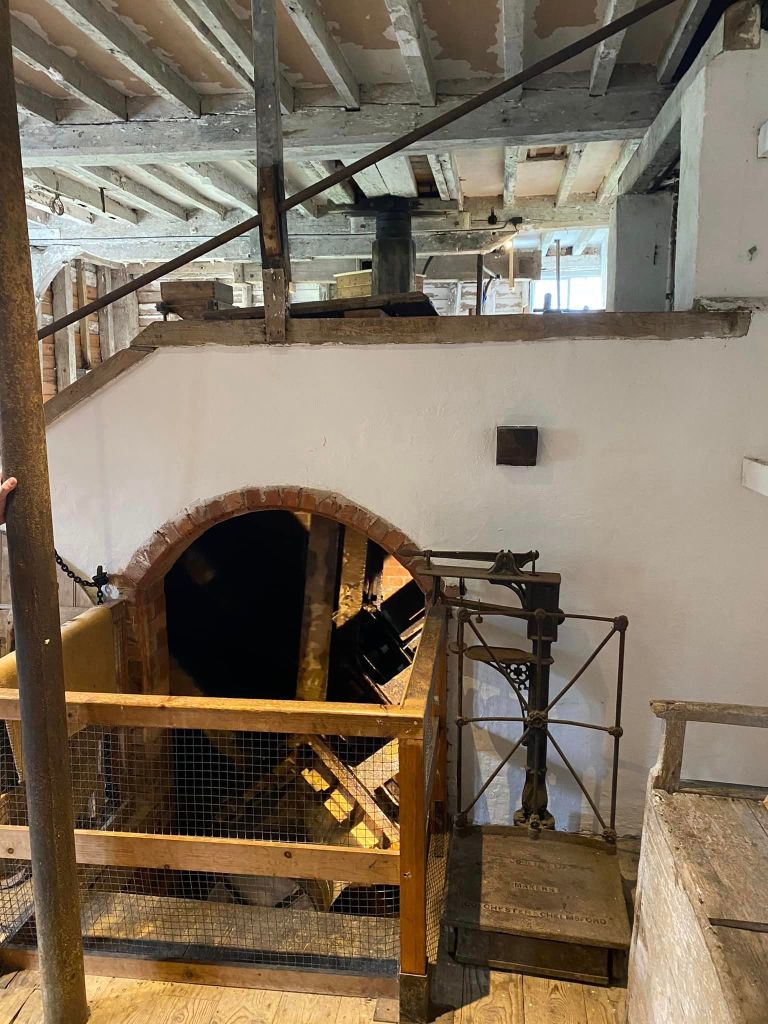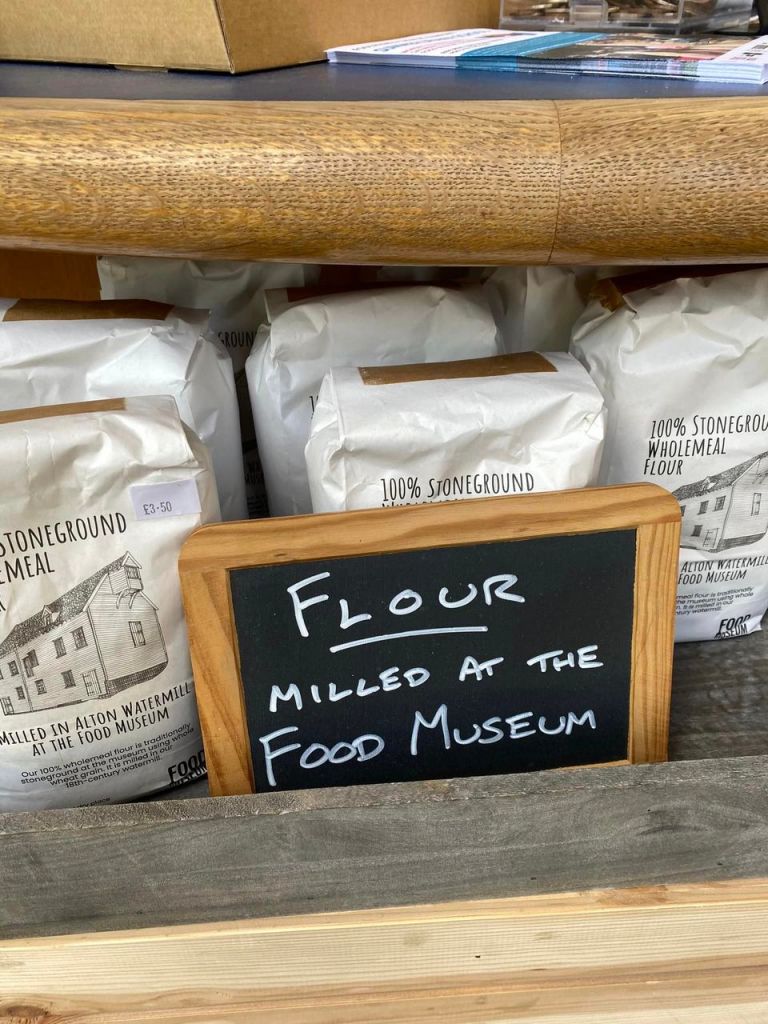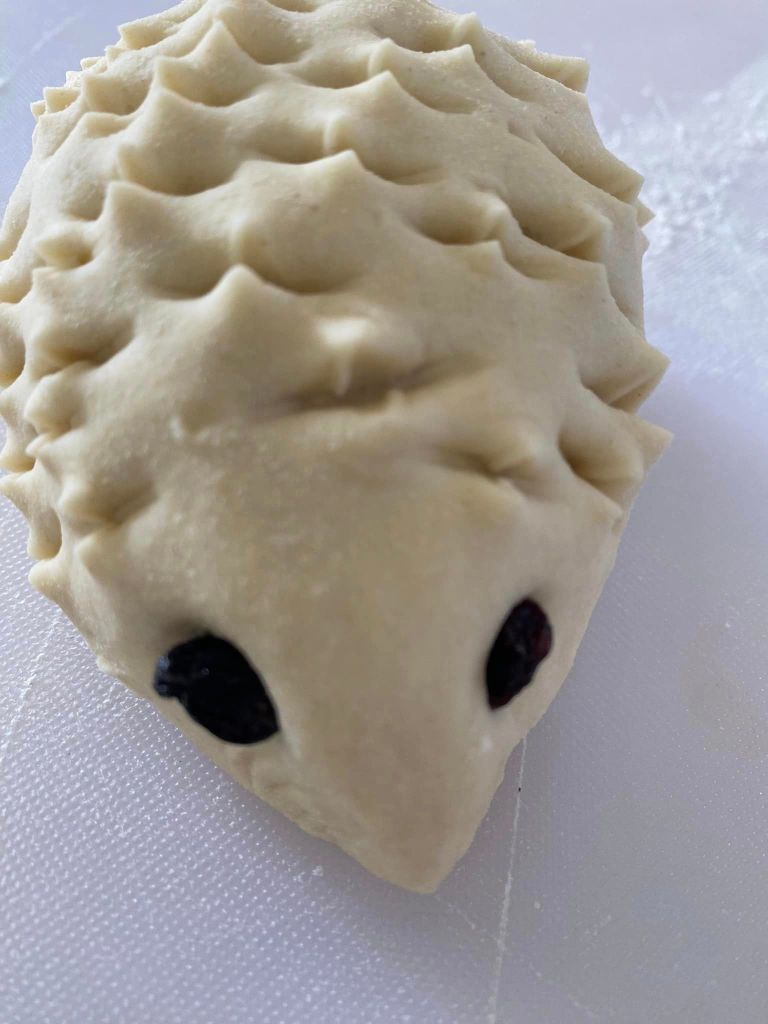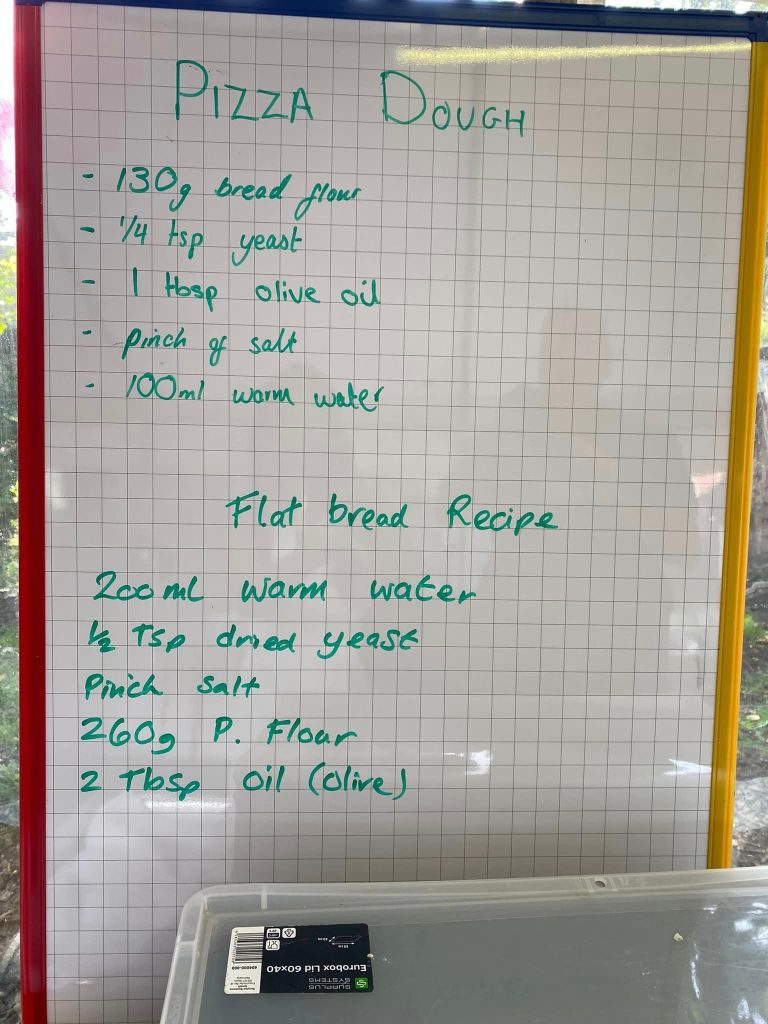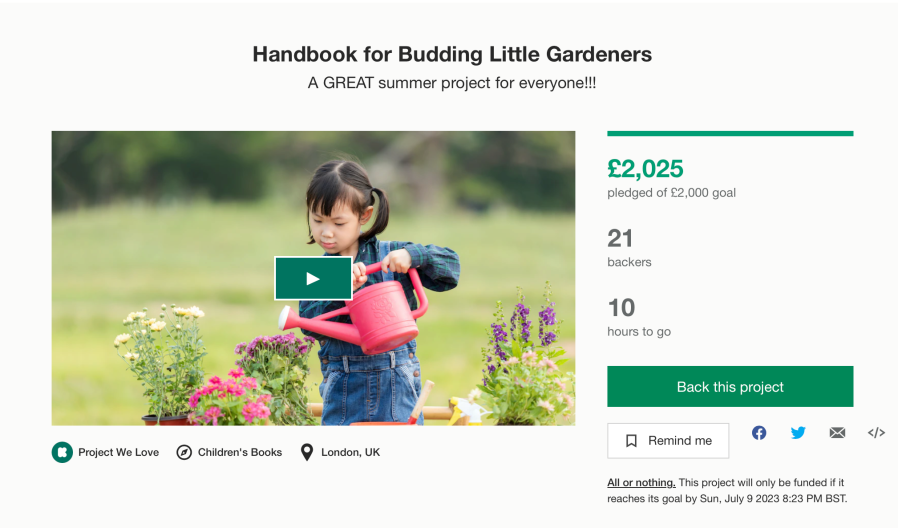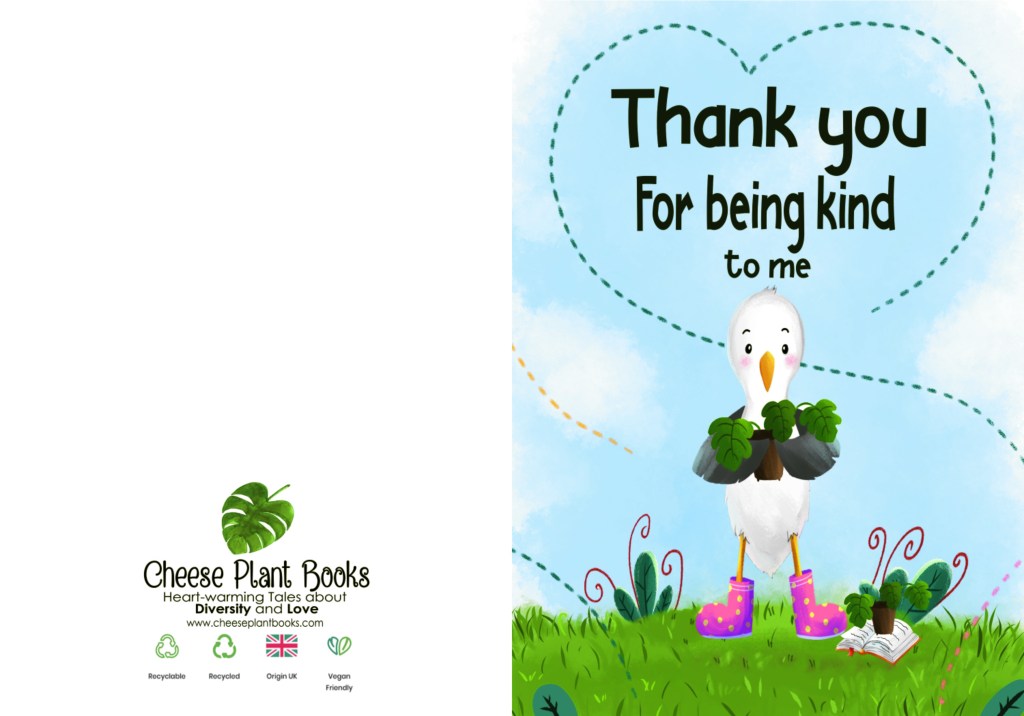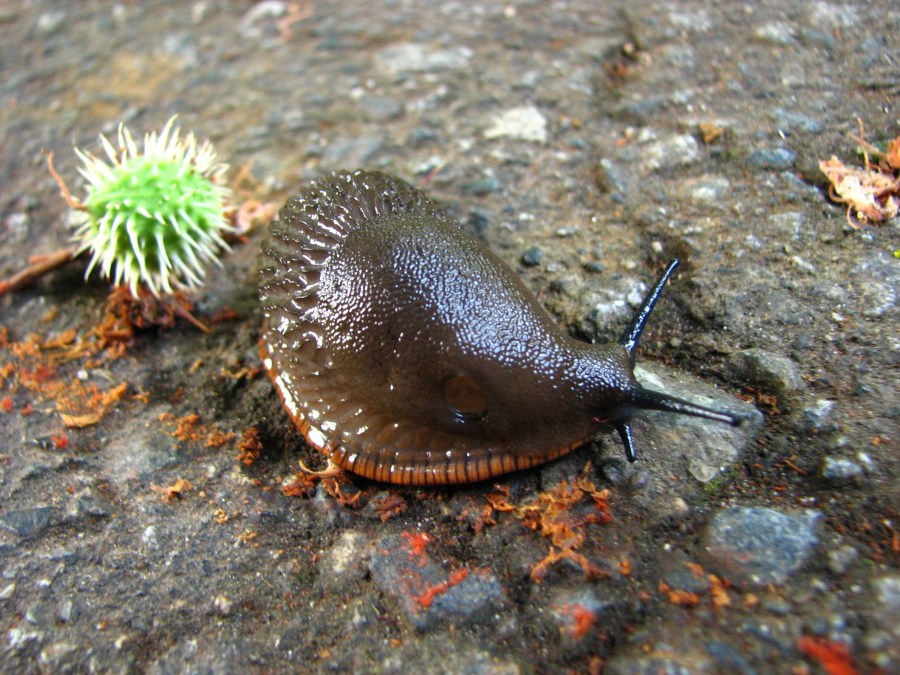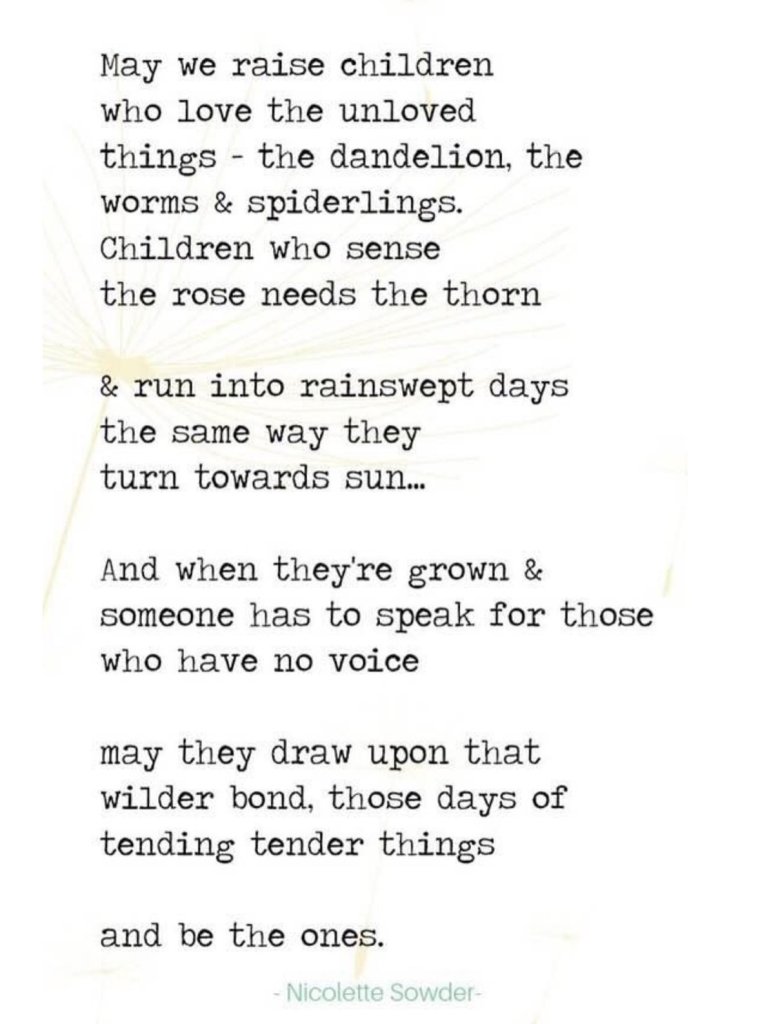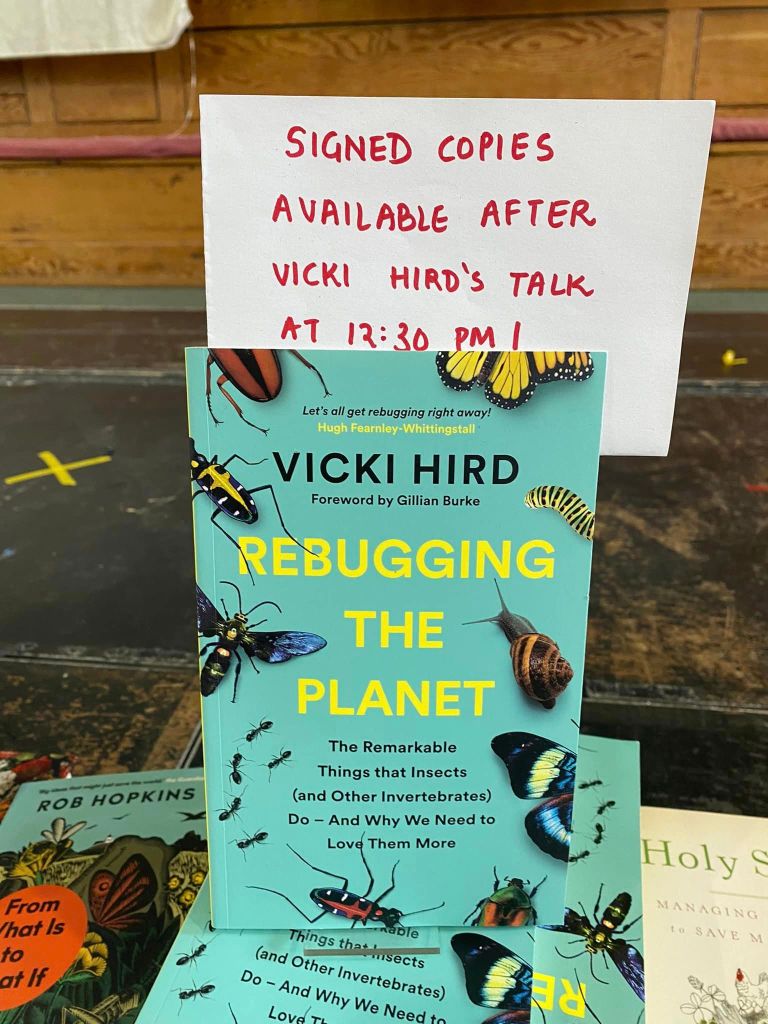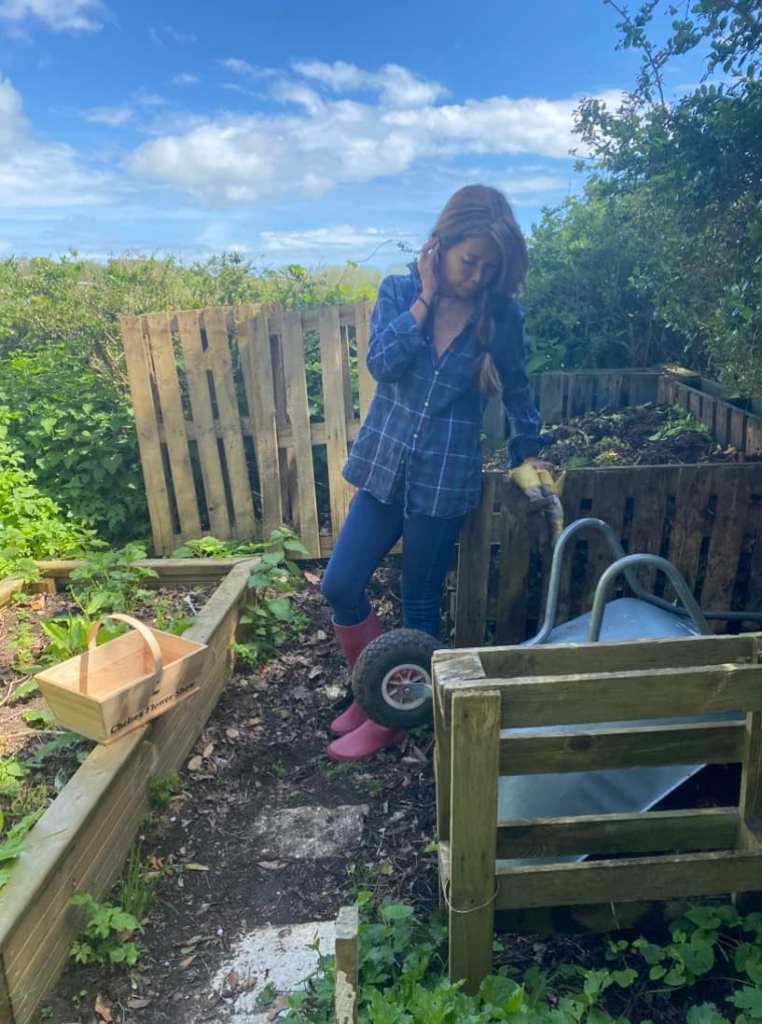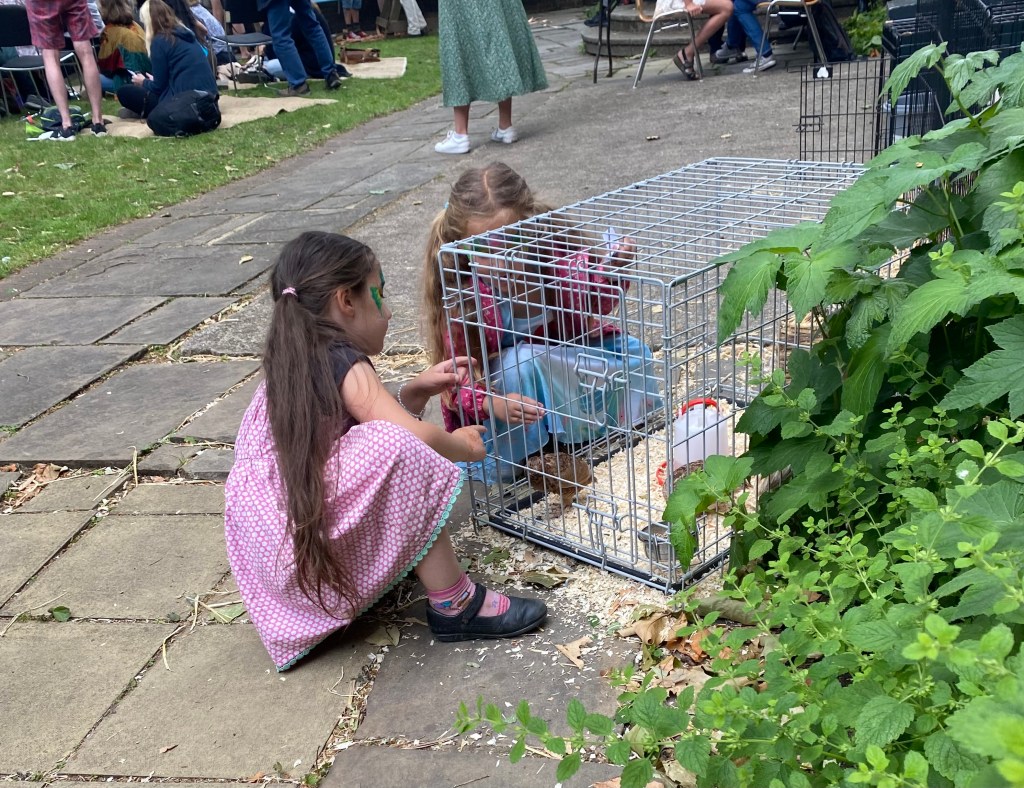In autumn, apples abound in back gardens and community orchards and berries are popping out profusely. This is a wonderful, simple recipe to get young children to start on the wholly satisfying journey of cooking and eating the food they grow or forage.
NOTE: If you live in a country where you can’t access apples and berries, you can use local soft fruits. Bananas and dried raisins (soak the raisins in orange juice overnight) is a good combination, or pineapple with brown sugar.
How to make Apple & Berry Oat Crumble
Heat the oven to 190C/170 fan/gas 5
Core and slice about 1/2 kg of Bramley apples (you could remove the skin if you wish). Add in a handful of berries and 3 tbsp golden caster sugar. Put in a 23cm round baking dish at least 5cm deep, or a 20cm square dish. Flatten down with your hand to create a firm base.
For the crumble, this is what you need:
- 100g plain flour
- 50g rolled oats
- 100g butter, cut into cubes
- 50g golden caster sugar
This is the fun bit: put all ingredients into a large bowl and crumble with your fingers until the mix resembles breadcrumbs. It is a fab sensory experience for kids to be squelching butter!
Spread the crumble mix evenly over the fruits.
Bake for 35-40 minutes, until the top is golden and the fruits (especially the apples) feel soft when you insert a small knife. Leave to cool a bit before serving.
